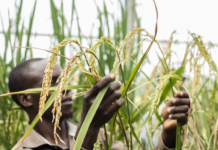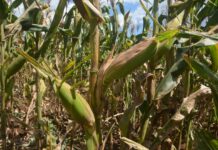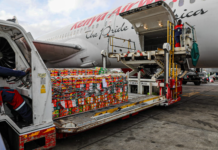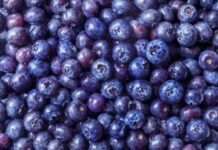Global fertilizer prices continued to climb in the second quarter of 2025, with the World Bank’s Fertilizer Price Index rising 15% since the beginning of the year, driven by strong demand, policy restrictions, and tight supply conditions, according to the World Bank.
Key fertilizers such as triple superphosphate (TSP) and diammonium phosphate (DAP) recorded the highest price increases. TSP rose by 43%, while DAP was up 23%, reflecting global market pressures and supply chain constraints, according to the World Bank’s July 2025 Commodity Markets Outlook blog.
While input costs for some fertilizers have eased—most notably natural gas, which is essential in nitrogen fertilizer production—other inputs like liquid sulfur have seen sharp price hikes, with prices tripling since late 2024. These mixed trends are contributing to overall fertilizer market volatility.
Despite the fall in gas prices—down 26% in the U.S. and 16% in Europe—global nitrogen fertilizer prices, especially urea, remain elevated. According to the World Bank, the fertilizer price index is projected to rise another 7% in 2025, with urea alone expected to increase by 15% this year, before easing in 2026 when new production capacity in East Asia, the Middle East, and Europe comes online.
Geopolitical developments and trade policies are also playing a central role in tightening global fertilizer supply. According to the World Bank, China’s export restrictions on nitrogen fertilizers—implemented in 2024—have reduced shipments by over 90% year-on-year, and the controls are still in place. In addition, strategic reallocations of phosphate for use in industries like electric vehicle (EV) batteries have further reduced availability for agriculture.
At the same time, the European Union has imposed multi-year tariffs on nitrogen fertilizer imports from Russia and Belarus, in a bid to reduce dependency and curb revenue streams from these countries. Belarus, one of the world’s top potash exporters, continues to face EU restrictions, limiting global potash supplies.
These factors have combined to make fertilizer significantly less affordable for farmers, particularly in developing countries. According to the World Bank, indicators for affordability—measured by the ratio of fertilizer prices to crop prices—have worsened in 2025 for DAP, urea, and muriate of potash (MOP). DAP, in particular, is now less affordable than it was in early 2022.
Looking ahead, the World Bank forecasts that DAP prices will rise 6% in 2025 but may fall by 8% in 2026 as global supply improves. Potash prices are also expected to decline modestly, assuming some recovery in exports from Belarus.
The World Bank warns, however, that the fertilizer sector faces long-term structural challenges, including its large carbon footprint and vulnerability to future geopolitical disruptions.
With fertilizer prices remaining high and affordability declining, stakeholders across the agricultural value chain—including farmers, governments, and suppliers—may need to adjust strategies to ensure food production remains stable and accessible.








